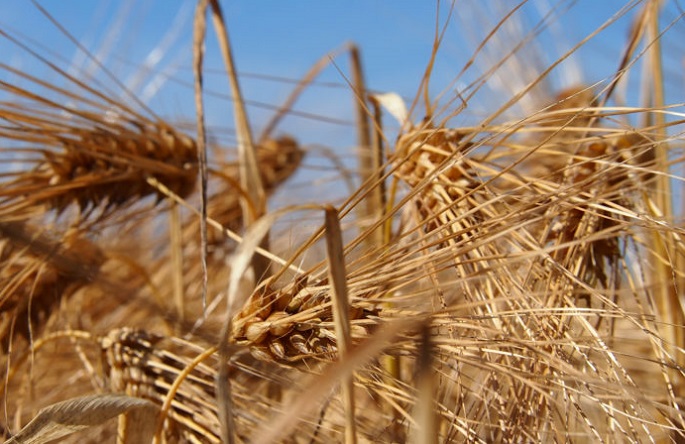30-year low grain harvest forecast for 2018
Published : 03 Sep 2018, 00:01
Updated : 03 Sep 2018, 10:48
The Natural Resources Institute Finland (Luke) has estimated the grain harvest in the country for this year at 2.7 million tons.
If the estimate proves right, the harvest will be the lowest since the year of crop failures in 1987, said Luke in a recent press release.
The estimate has declined further since the harvest estimate made in July. Some crops have already been harvested but, in addition to potato, some grains, oil plants and grass are still waiting for harvesting.
The hot summer with low precipitation reduced the volumes of all crops. Expert estimates of ProAgria also emphasise high variation in crops, even in field areas that are close to each other.
In general, this year’s harvest was better in eastern and northern Finland, while the situation was the opposite last year. Drought has also reduced harvests in other Nordic countries.
“According to the estimate, the smallest barley harvest in 30 years pulls the entire grain harvest down with it. The barley harvest is one-fourth smaller than the ten-year average,” said Anneli Partala, a senior statistician at Luke.
Barley makes up nearly half of Finland’s grain harvest, totalling 1.2 million tons, and plays a significant part in the entire grain harvest. Outlook for other grains are also looking bleak. The wheat harvest will be the lowest in nearly 20 years, the oat harvest in eight years, and the rye harvest in five years.
In Finland, approximately three billion kilograms of the total grain harvest is used annually as feed on farms, as food and feed in the industry and in other industrial products.
“It has been calculated that only the oat harvest will be sufficient for domestic use. However, the roughly 300,000 tons of oat exported in recent years cannot take place this year,” sai Partala.
The sufficiency of other grains is determined, for example, by stocks from the previous year’s harvest. The low harvest volumes may also lead to more radical reductions in domestic animal farms, unless the lack of feed can be replaced by purchased feed.
Luke’s august harvest estimates are based on local estimates supplied by experts at ProAgria Rural Advisory Centres and reflect the situation as on 27 August.


